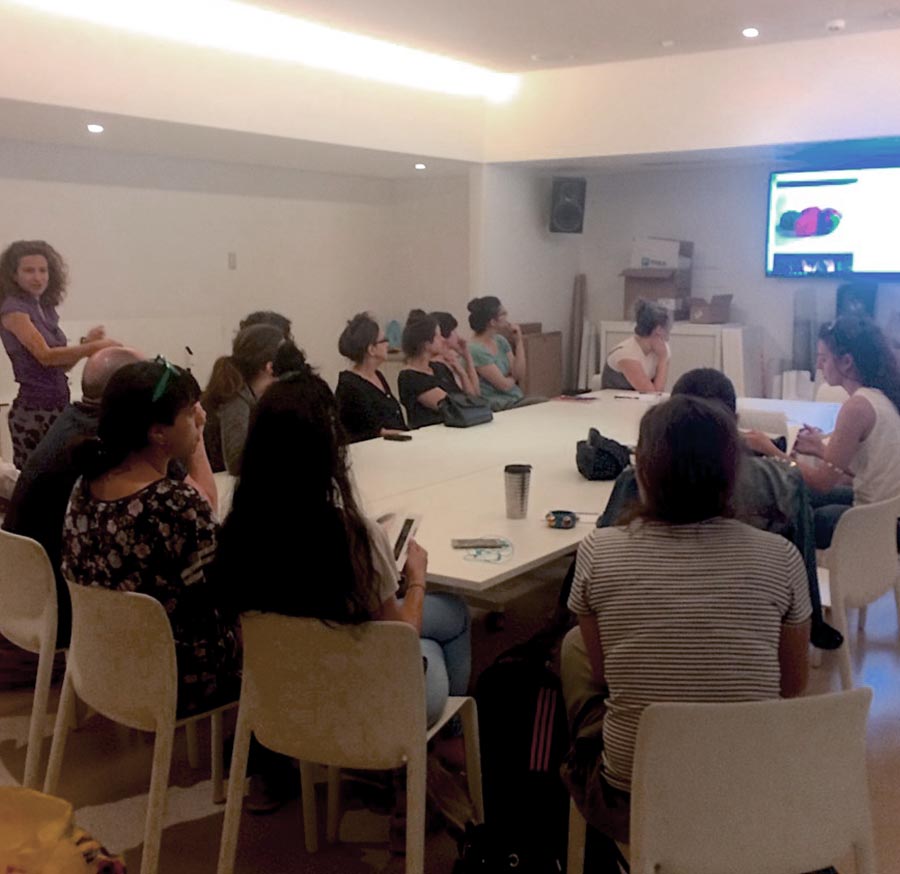ART EDUCATION Ι (GROUP Α)

ART EDUCATION Ι (GROUP Α)
Course description
The primary pedagogical aim of this course is to introduce students to the content, structure, and key objectives of art education pedagogy, with a particular focus on the teaching of Visual Arts.
The course offers an overview of the historical development of art education, alongside an examination of its philosophical foundations. Students engage with methodologies and instructional approaches for teaching art to young children, exploring strategies for differentiated learning and investigating the developmental characteristics of learners. Emphasis is also placed on best practices for the effective use of visual, auditory, and textual educational materials, and students learn how to develop lesson plans grounded in subject content, studio pedagogy, and student feedback. The course also equips future educators with specialised knowledge of contemporary conceptual issues in art education. Through critical inquiry, students examine a range of theoretical frameworks – both historically rooted and contemporary – that intersect with society, culture, education, and art. They explore a wide spectrum of scholarly articles, academic texts, bibliographic sources, and innovative teaching practices, as well as current discourses shaping 21st-century art education. Students are encouraged to develop a holistic and critical approach to current trends and key issues in art pedagogy, with the goal of applying these insights creatively within educational settings.
The course incorporates a diverse range of learning activities, including guest lectures by experts in the field, thematic discussions based on selected academic texts, critical review of scholarly articles, dialectical discussions promoting analytical thinking, individual and group activities, hands-on workshops and artistic projects, fieldwork-based data collection, site visits to galleries, exhibitions, and other cultural venues, social research within educational environments, artistic interventions in public or school spaces. Furthermore, students engage in collaborative projects with schools, educational collectives, art and social networks, NGOs, universities, clinics, community organisations, social institutions, activist movements, and museum education departments. They also have opportunities to interact directly with contemporary artists, as well as theorists of art and art education, fostering an immersive and interdisciplinary understanding of the field.

